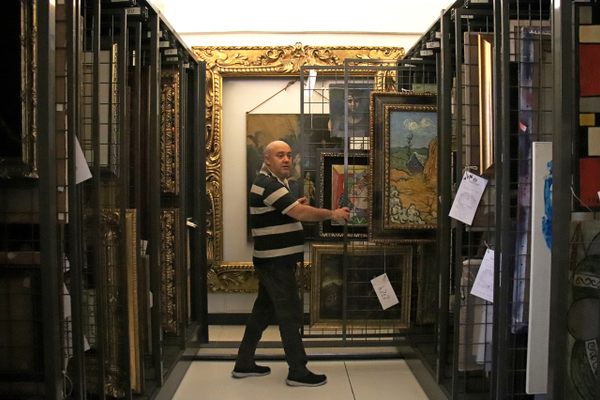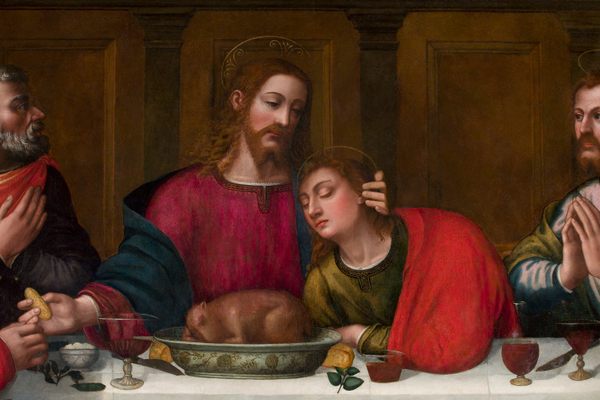A Detail You May Not Have Noticed in Michelangelo’s Sistine Chapel Fresco
Remember when Eve bit into the…fig?!

November 1, or All Saints’ Day, is a festival intended to exalt all saints in the Christian tradition. It’s a national holiday in Vatican City, where Michelangelo’s Sistine Chapel ceiling fresco made its public debut—on All Saints’ Day in 1512.
Early art historian and Renaissance biographer Giorgio Vasari wrote of the occasion: “The whole world came running when the vault was revealed, and the sight of it was enough to reduce them to stunned silence.” Little did they know, the most stunning was yet to come, in the form of a detail easily missed: according to Michelangelo, the forbidden fruit wasn’t an apple, but a fig.

Michelangelo’s nine-panel phenomenon, depicting scenes from the Book of Genesis along with countless other biblical figures and allusions, brought the loftiness of heaven down to earth. After four years of back-bending work, the artist had had enough with painting, writing in an extended sonnet: “I’ve already grown a goiter from this torture/hunched up here like a cat in Lombardy,” and closing with the resigned realization that, “I am not in the right place—I am not a painter.” But Michelangelo’s longing for sculpture work might not have been the only thing frustrating his creative process.
Having been trained as a youth at the Medici family’s humanist academy in Florence, which promoted a blend of Platonic ideals and Christianity, Michelangelo likely would have been comfortable challenging the Catholic Church’s emphasis on being an intermediary between people and God. The symbolism hidden within the frescoes of his ceiling aligns Michelangelo more closely with the philosophy of Renaissance Humanism, the more modern, liberal belief that people could hold a relationship with God directly. His choice to include non-biblical, nude men like the Ignudi (supporting figures in the frescoes, wholly unrelated to the scenes they frame) and an anatomical depiction of the human brain was a subtle move to reconcile the Church’s views with his own, as both examples show an interest in the secular. The Ignudi’s relaxed, natural poses and idealized bodies placed emphasis on the human side of Catholicism. One of the most noticeable artistic liberties Michelangelo took, however, is in the form of figs.

In the central section of the Sistine Chapel’s ceiling, the artist illustrates scenes concerning Adam and Eve. The panel depicting the “Temptation” and the two characters’ subsequent expulsion from the Garden of Eden, is a notable departure from presiding thoughts in Italy at the time over what type of fruit was the forbidden one. In the Vulgate, the Catholic Church’s official Latin translation of the Bible during the 16th century, the Tree of Knowledge is widely read as bearing apples. In Michelangelo’s fresco, the tree bears figs—a more Judaic interpretation of the text. (It should be noted that Genesis describes Adam and Eve as covering themselves with fig leaves upon their new awareness of nudity, so figs were definitely part of the action in some way.)
Interestingly, figs would come up again in Michelangelo’s work in the Sistine Chapel, just at a lesser altitude. The artist’s infamous wall fresco depicting the “Last Judgment” is full of nude figures rather than traditionally clothed ones, and it is this brazen act of biblical revision that spurred the “Fig Leaf Campaign.” At the Council of Trent in 1563, members of the Catholic Church decreed that all lasciviousness depicted in religious art must be covered with carefully placed fig leaves.


























Follow us on Twitter to get the latest on the world's hidden wonders.
Like us on Facebook to get the latest on the world's hidden wonders.
Follow us on Twitter Like us on Facebook